Content for TS 23.142 Word version: 18.0.0
7.1 Short Message forwarding
7.2 Short Message forwarding multiple subscriptions
7.3 Short Message filtering
...
...
7.1 Short Message forwarding p. 14
The short message forwarding shall be a service feature only active for terminating user. The signaling procedure in originating side network shall not be affected for whether the message forwarding is active or not.
The Figures in this clause describe the following possible scenarios when short message forwarding is active:
- a short message is forwarded to an address which is specified by terminating user other than called number.
- a short message is not forwarded subject to terminating user's configuration
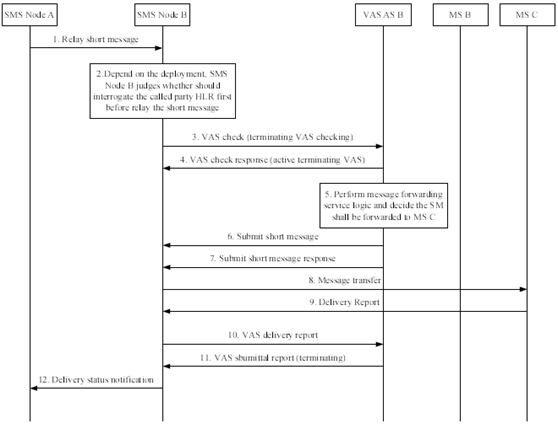
Figure 7.1-1: Terminating signaling flow - Short Message is forwarded
(⇒ copy of original 3GPP image)
(⇒ copy of original 3GPP image)
Step 1-4.
See general flow described in the previous clause 7.0. The VAS AS B checks that a terminating user has activated short message network forwarding service and indicates to the SMS Node B there is terminating VAS active.
Step 5.
According to user B's preferences, the VAS AS B decides the message needs to be forwarded to MS C. The VAS AS B takes a loop check for original SM. If there is a loop prevention indication set in the SM, the VAS AS B shall not apply short message forwarding service and do not go to following steps.
Step 6-10.
The VAS AS B delivers the original short message to the MS C after including a loop prevention indication.
Step 11.
The VAS AS B generates a report of the short message and sends it to SMS Node B.
Step 12.
The SMS Node B notifies the originating side of the delivery status.
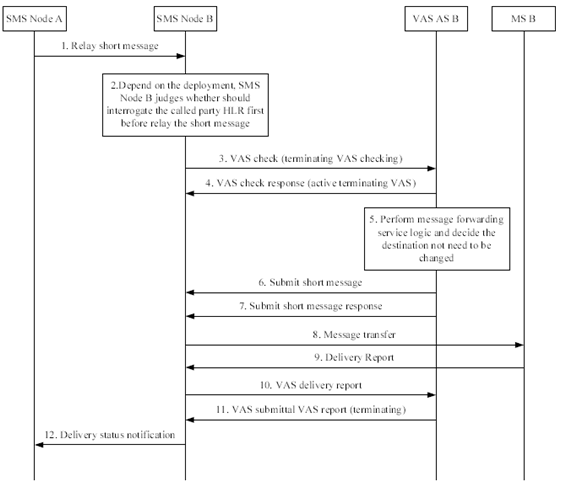
Figure 7.1-2: Terminating signaling flow - Short Message is not forwarded
(⇒ copy of original 3GPP image)
(⇒ copy of original 3GPP image)
Step 1-4.
See general flow described in the previous clause 7.0. The VAS AS B checks that a terminating user has activated short message forwarding service and indicates to the SMS Node B there is terminating VAS active.
Step 5.
According to user B's preferences, the VAS AS B decides the message needs not to be forwarded.
Step 6-10.
The VAS AS B delivers the original short message to the terminating user. See general flow described in the previous clause 7.0.
Step 11.
The VAS AS B generates a report of the short message and sends it to SMS Node B.
Step 12.
The SMS Node B notifies the originating side of the delivery status.
7.2 Short Message forwarding multiple subscriptions p. 15
Short Message Forwarding Multiple Subscriptions is applicable for the terminating user. In this case, the VAS AS checks that the terminating user has activated the Short Message Forwarding Multiple Subscriptions service and shall send the original short message to multiple receivers based on the subscription information. The procedure of Short Message Forwarding Multiple Subscriptions described in the following Figure 7.2-1.
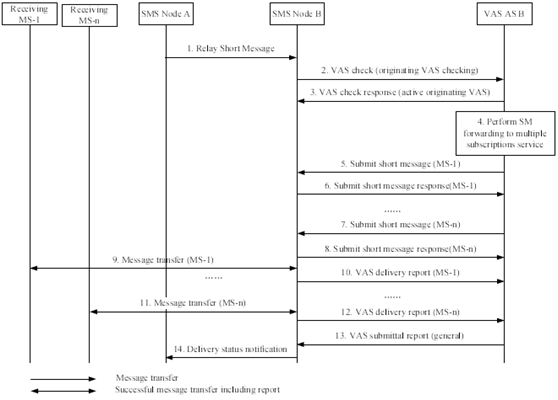
Figure 7.2-1: Short Message forwarding to multiple subscriptions procedure
(⇒ copy of original 3GPP image)
(⇒ copy of original 3GPP image)
Step 1.-3.
The short message is transferred from the originating user to terminating sides' SMS Node B. After checking out that the terminating user has subscribed VAS, the SMS Node B interacts with the VAS AS to interrogate whether the VAS of the terminating user is active by sending an inquiring message including the message content received in step 1. In that case the SMS Node shall save the original short message.
Step 4.
The VAS AS performs the short message forwarding to multiple subscriptions service and generates new short messages based on the original short message for each subscription.
Step 5-6.
The SMS Node B receives a short message to MS-1 and sends the Submit short message response to the VAS AS B.
Step 7-8.
The SMS Node B receives a short message to MS-n and sends the Submit short message response to the VAS AS B.
Step 9-10.
The SMS node B delivers the short message to MS-1 and relay the delivery report received from MS-1 to the VAS AS. These steps can happen at any time after step 6.
Step 11-12.
The SMS node B delivers the short message to MS-n and relay the delivery report received from MS-n to the VAS AS. These steps can happen at any time after step 6. There is no sequence requirement of sending short message for SMS Node, i.e. the SMS Node can send the short message in parallel.
Step 13.
The VAS AS generates a general delivery report based on all the delivery reports it receives and sends it to SMS Node B.
Step 14.
The SMS Node B notifies the originating side of the delivery status.
7.3 Short Message filtering p. 17
The short message filtering shall be a service feature only active for terminating user. The signaling procedure in originating side network shall not be affected for whether the message filtering is active or not.
The Figures in this clause describe the following possible scenarios when short message filtering is active:
- a short message is filtered subject to terminating user's configuration, such as a terminating user would not like to receive the message coming from a certain user.
- a short message is not filtered subject to terminating user's configuration.
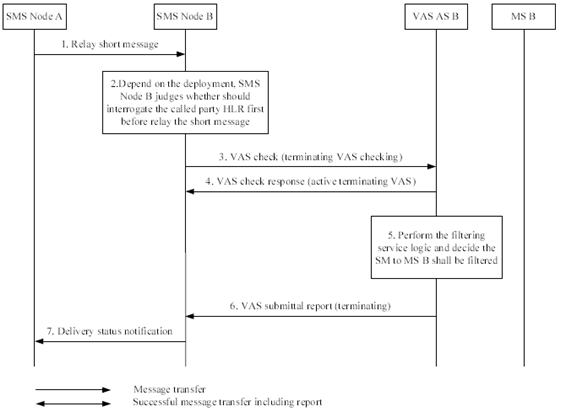
Figure 7.3-1: Terminating signaling flow - Short Message is filtered
(⇒ copy of original 3GPP image)
(⇒ copy of original 3GPP image)
Step 1-4.
See general flow described in the previous clause 7.0. The VAS AS B checks that a terminating user has activated short message filtering service and indicates to the SMS Node B there is terminating VAS active.
Step 5.
According to user B's preferences, the VAS AS B decides the message needs to be filtered.
Step 6.
The VAS AS B generates a report of the short message and sends it to SMS Node B. The delivery result in report is based on the configuration of user B or operator.
Step 7.
The SMS Node B notifies the originating side of the delivery status.
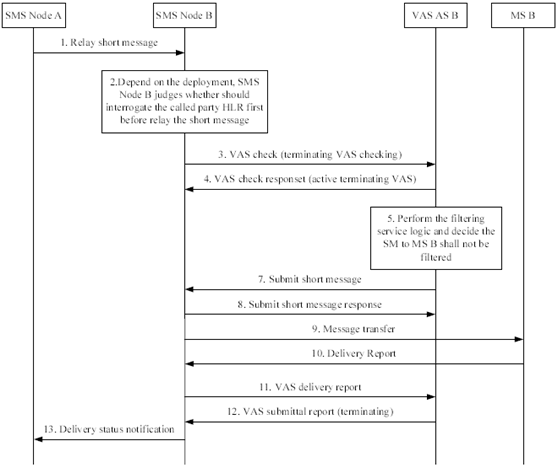
Figure 7.3-2: Terminating signaling flow - Short Message is not filtered
(⇒ copy of original 3GPP image)
(⇒ copy of original 3GPP image)
Step 1-4.
See general flow described in the previous clause 7.0. The VAS AS B checks that a terminating user has activated short message filtering service and indicates to the SMS Node B there is terminating VAS active.
Step 5.
According to user B's preferences, the VAS AS B decides the message needs not to be filtered.
Step 6-10.
The VAS AS B delivers the original short message to the terminating user. See general flow described in the previous clause 7.0.
Step 12.
The VAS AS B generates a report of the short message and sends it to SMS Node B.
Step 13.
The SMS Node B notifies the originating side of the delivery status.